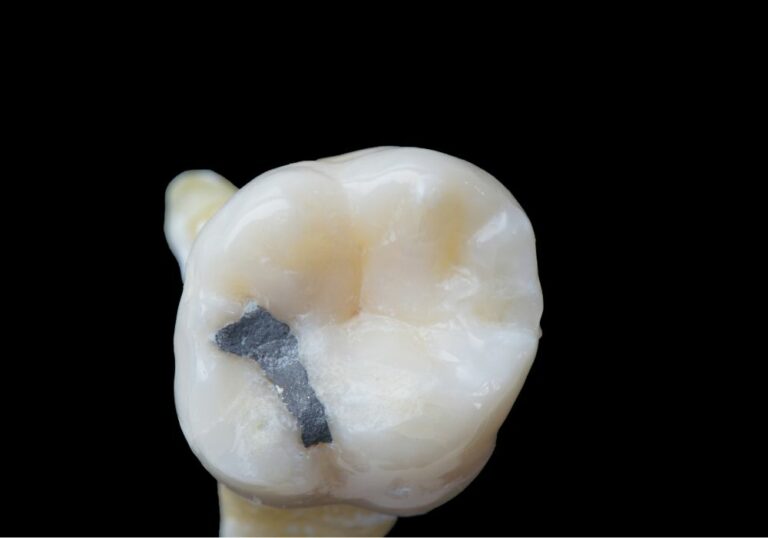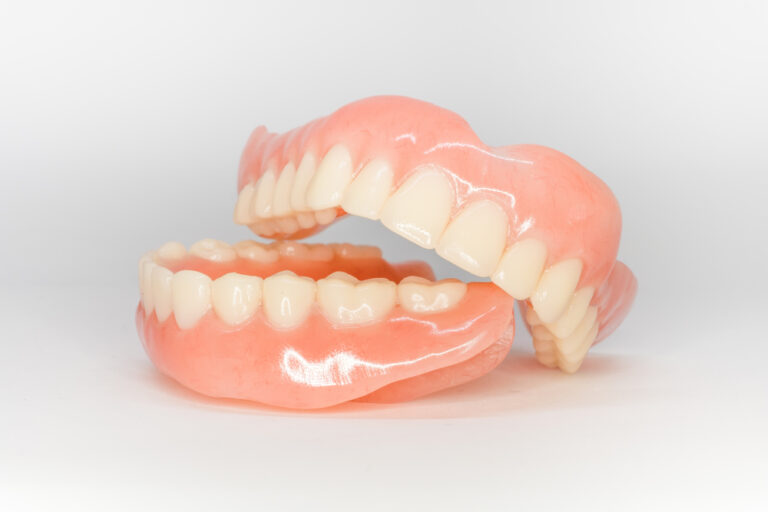Losing a front tooth can significantly impact your appearance, speech, and ability to eat properly. Having it replaced quickly is important, but the timeline depends on several factors. This comprehensive guide examines all aspects of replacing a front tooth in detail.
Causes of front tooth loss
Front teeth (incisors and canines) may require extraction and replacement due to:
- Decay: Advanced cavities can destroy the tooth structure so that it cannot be restored with fillings or a root canal.
- Periodontal disease: Infection causes the bone and ligaments supporting the tooth to break down. This leads to loosening and eventual tooth loss if gum disease is not treated promptly.
- Dental trauma: Falls, accidents, sports injuries, and physical blows can crack, displace, or knock teeth out completely. Front teeth are especially prone to trauma.
- Congenital absence: Some people are born missing front teeth or have them knocked out early due to cysts or overcrowding issues.
- Failed root canals: If a root canal procedure cannot fully remove infected pulp or the tooth fractures, extraction may be necessary.
Seeing a dentist regularly and maintaining good oral hygiene can reduce the risk of losing a front tooth prematurely. However, accidents and trauma can happen unexpectedly. Knowing your front tooth replacement options is important.
Overview of front tooth replacement options
Several tooth replacement solutions exist, but they differ in treatment time, costs, longevity, and procedure involved.
Dental implant
A dental implant is the closest thing to mimicking a natural tooth root. It involves surgically implanting a biocompatible titanium screw into the jawbone. A porcelain crown is later attached to the implant post. Because the implant fuses with the jawbone, it provides stability and stimulates bone preservation.
Total treatment time: 3-6 months
Duration: With good care, implants can last decades. The crown may need replacing every 10-15 years.
Procedure: Involves minor oral surgery, several months of healing, and a second procedure to attach the abutment and crown.
Cost: $3000 – $4000 for a single implant and crown.
Dental bridge
Traditional bridges use the adjacent intact teeth as anchors. The false tooth is fused between two crown preparations cemented onto the anchoring teeth. Metal wings provide strength and stability. Less invasive resin-bonded bridges are also an option.
Total treatment time: 5-7 weeks
Duration: With proper oral hygiene, bridges can last 5-15 years before needing replacement.
Procedure: Prepping anchor teeth, taking impressions, having bridge fabricated in a lab, cementing final bridge.
Cost: $1500-$3000 per pontic/false tooth.
Removable partial denture
A removable partial denture uses a plastic base that fits over the gums with prosthetic teeth attached. It uses metal clasps that wrap around the remaining natural teeth to keep it securely in place when eating and speaking.
Total treatment time: 1-2 weeks
Duration: Removable dentures need replacing every 5-10 years as they lose retention and wear over time.
Procedure: Impressions are taken of the teeth and gums. The denture base and false teeth are created in a lab. Minor adjustments are made before delivery.
Cost: $1000-$2000
Temporary “flipper” denture
Flippers consist of a single false tooth or teeth on an acrylic base that fills the gap left by the missing tooth. It is easily removed for cleaning and to let tissues heal after extractions.
Total treatment time: 1 week
Duration: Flippers are meant as an interim option for 2-6 months while healing and awaiting permanent replacement.
Procedure: An impression is taken and the flipper is created chairside or in an onsite lab the same day. It is inserted once the gums heal after extraction.
Cost: $500-$1000
The choice depends on your specific case, needs, time frame, and budget. Your dentist will advise you on the best options given your oral health status and timeline expectations.
Key steps in the tooth replacement process
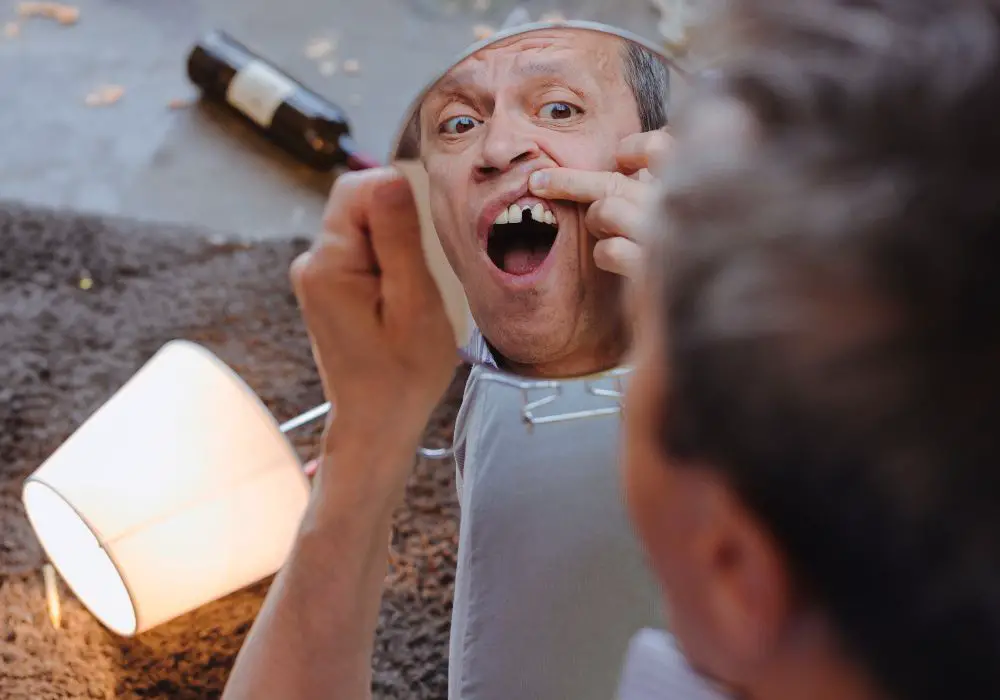
The basic stages involved in replacing a front tooth are:
Extraction
If the tooth cannot be saved via root canal, crown, or periodontal surgery, it needs to be extracted. This is done using anesthesia to numb the area. Forceps are used rock the tooth out of the socket carefully to avoid bone or gum damage that can affect placement of the new tooth. Stitches may be placed to close the wound.
Gum and bone healing
Extracting a tooth leaves behind an open socket in the bone which needs 2-3 months to fully heal and fill in with new bone. A blood clot initially forms which later calcifies. Proper blood clot care and avoiding infection promotes proper healing.
Temporary prosthetic insertion
Options like a flipper, partial denture, or temporary bridge are placed soon after extraction for cosmetic and functional purposes during the long-term healing process. These are replaced later with a permanent solution.
Site preparation
For options like implants and bridges, the site may need preparation through bone grafting or ridge augmentation procedures to create a suitable foundation for optimal placement and anchoring.
Impressions and laboratory fabrication
Molds and impressions of the gap, abutment teeth, and bite alignment are taken and sent to a dental laboratory that crafts prostheses like crowns, bridges, and dentures.
Permanent prosthetic insertion
Once the site is adequately healed and the permanent prosthetic manufactured, it is finally secured in place at an insertion appointment. follow-up visits adjust fit and function.
Proper sequencing and spacing of these steps facilitates optimal tooth replacement outcomes. Rushing the process can risk complications.
Same-day temporary solutions
If you want the gap filled immediately after losing a front tooth, short-term options include:
Flipper denture: These act as space fillers and can be placed immediately after extraction. However, the fit may need adjusting as swelling resolves over the initial 2 weeks.
Temporary partial denture: These use acrylic teeth set in an acrylic base. The false teeth are selected based on color match and availability in stock that day. This allows same-day insertion but may not have the most natural appearance.
Temporary bridge: This involves minimally grinding down the adjacent teeth and bonding an acrylic tooth to them using composite resin. It serves an interim function for several weeks while a permanent bridge is fabricated.
No prosthetic: Healing with no temporary tooth for the first few weeks is also an option. This allows the socket to heal undisturbed initially before impressions are taken for the permanent replacement. However, it leaves an unsightly gap.
Discuss with your dentist whether to pursue a same-day temporary vs allowing the site to initially heal before starting any prosthetic treatment. Leaving the socket alone may result in better tissue and bone healing.
Front tooth implant timeline
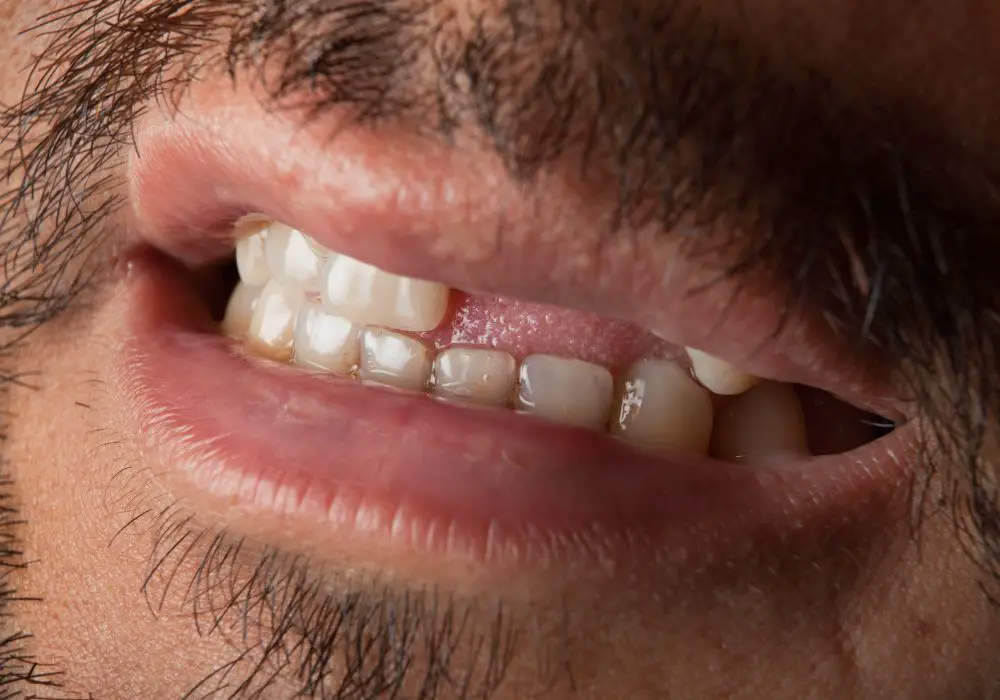
Since a dental implant provides the most natural-looking, functional, and long-lasting tooth replacement solution, many desire this option after losing a front tooth. However, a dental implant is a carefully staged procedure with a longer overall timeline.
Initial consultation
Your dentist will take x-rays and assess bone density, gum health, and spacing to determine if you are a good candidate for an implant. A treatment plan is mapped out.
Extraction and bone grafting
The damaged tooth is removed. Bone grafting may be done if the socket or jawbone lacks adequate height and width for the implant. This adds 2-4 months to the timeline.
Implant placement surgery
2-3 months after extraction, the implant screw is surgically inserted into the bone. Stitches are placed and the site is given 4-6 weeks to ossify and integrate with the jawbone. A temporary flipper is often used during this period.
Impression and abutment selection
An impression is taken to map out the precise crown shape and color needed. The permanent abutment that the crown attaches to is selected based on gum health and aesthetic needs.
Crown placement
The customized crown is cemented onto the implant abutment around 6-12 weeks after implant placement. At this point, you have a fully functional and natural-looking replacement tooth.
Follow-up visits
The dentist will monitor the implant over the first year, making any needed adjustments to the crown or screws to ensure optimal longevity of the restoration.
The average time span from initial consultation to permanent crown placement is 5-6 months. Proper spacing between the phases allows adequate bone regeneration and prosthetic integration.
Costs of front tooth replacements
Depending on the chosen option, replacing a front tooth can cost:
- Flipper: $500-$1000
- Removable partial denture: $1000-$2000
- Bridge: $1500-$3000
- Implant and crown: $3000-$4000
Dental insurance may cover a portion depending on the plan. However, flippers and dentures often reach annual maximums with 50% coverage. Bridges may get $1000-$1500 covered. Implants tend to be least covered, with only 20-50% of costs covered after deductibles.
Payment plans through dental financing companies like CareCredit allow you to pay for treatment through interest-free installments. Dental schools and clinics sometimes offer discounted rates too.
Long-term success and maintenance
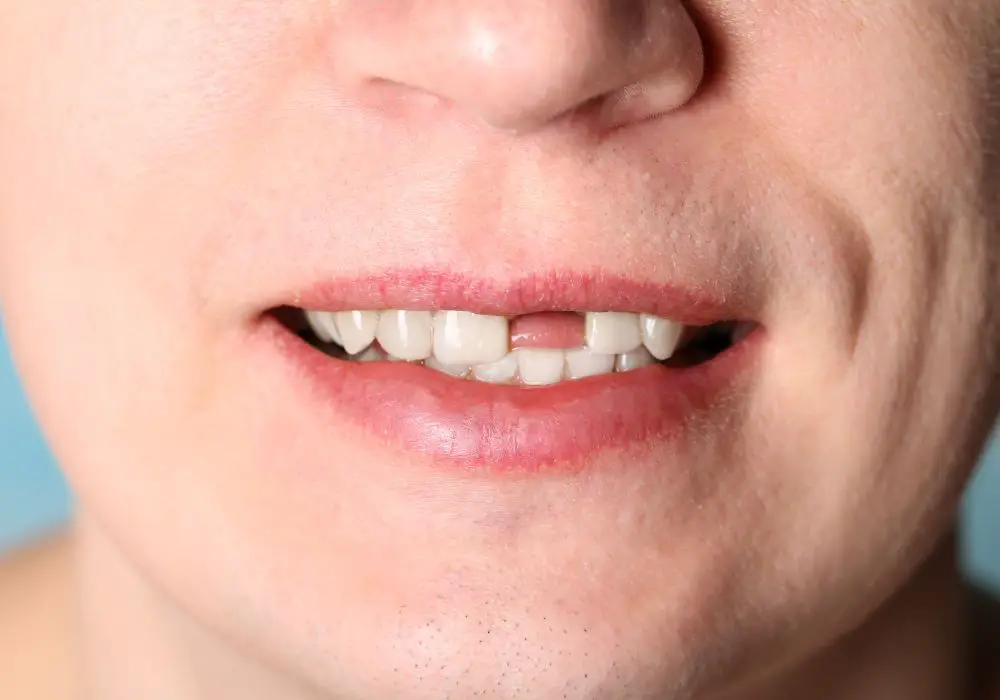
With good oral hygiene and regular dental visits, a front tooth replacement can last for years before needing repair or replacement. However, removable options like flippers and partial dentures require more diligent maintenance.
Implants: With meticulous daily brushing and flossing, implants can last 20-30 years. The crown may need redoing every 10-15 years.
Bridges: Fixed bridges last 5-15 years before loosening or decay requires replacement. Careful flossing under the false tooth is essential.
Dentures: Removable dentures need replacing every 5-10 years as the acrylic wears and loosens. Soaking and cleaning daily is needed to prevent bacterial buildup.
Flippers: These temporary acrylic appliances only last around 6 months before needing a new one. Frequent removal for cleaning is key.
See your dentist at least twice a year for exams and cleanings. Address any loosening or damage promptly to maximize longevity.
FAQs about front tooth replacement
How long after a tooth extraction can I get an implant?
It takes a minimum of 8-12 weeks after extraction for the bone to reform adequately before attempting implant placement. In some cases, bone grafting can accelerate this timeline.
Is a 3D printed crown better than a lab fabricated crown?
3D printed crowns are more convenient, avoiding the need for multiple impressions and lab work. However, traditionally milled porcelain crowns still offer superior aesthetics and longevity at this time.
Can I use teeth whitening treatments on a dental implant?
You must wait at least 2 weeks after implant crown placement before using whitening strips or gels. After that, you can use them judiciously to match the color to your natural teeth. Avoid abrasive whitening toothpastes.
How do I clean under a dental bridge?
Use floss threaders and interdental brushes to clean around the crowns and false tooth every day. Water flossers also help flush out plaque. See your hygienist regularly for professional cleanings under the pontic.
Can a dental implant be done in one day?
Single-day implant procedures are marketed by some dentists, but not recommended. Even with immediate implant placement, it takes 3-6 months for full ossification and crown integration for long-term viability.
Conclusion
Losing a front tooth at any age can be devastating for your smile and sense of confidence. Thankfully, dental medicine offers quicker and more predictable options than ever before to restore form and function. With various solutions from same-day flippers to more involved bridges and implants, work closely with your dentist to map out the optimal treatment plan and timeline that uniquely meets your needs, budget, and lifestyle.


